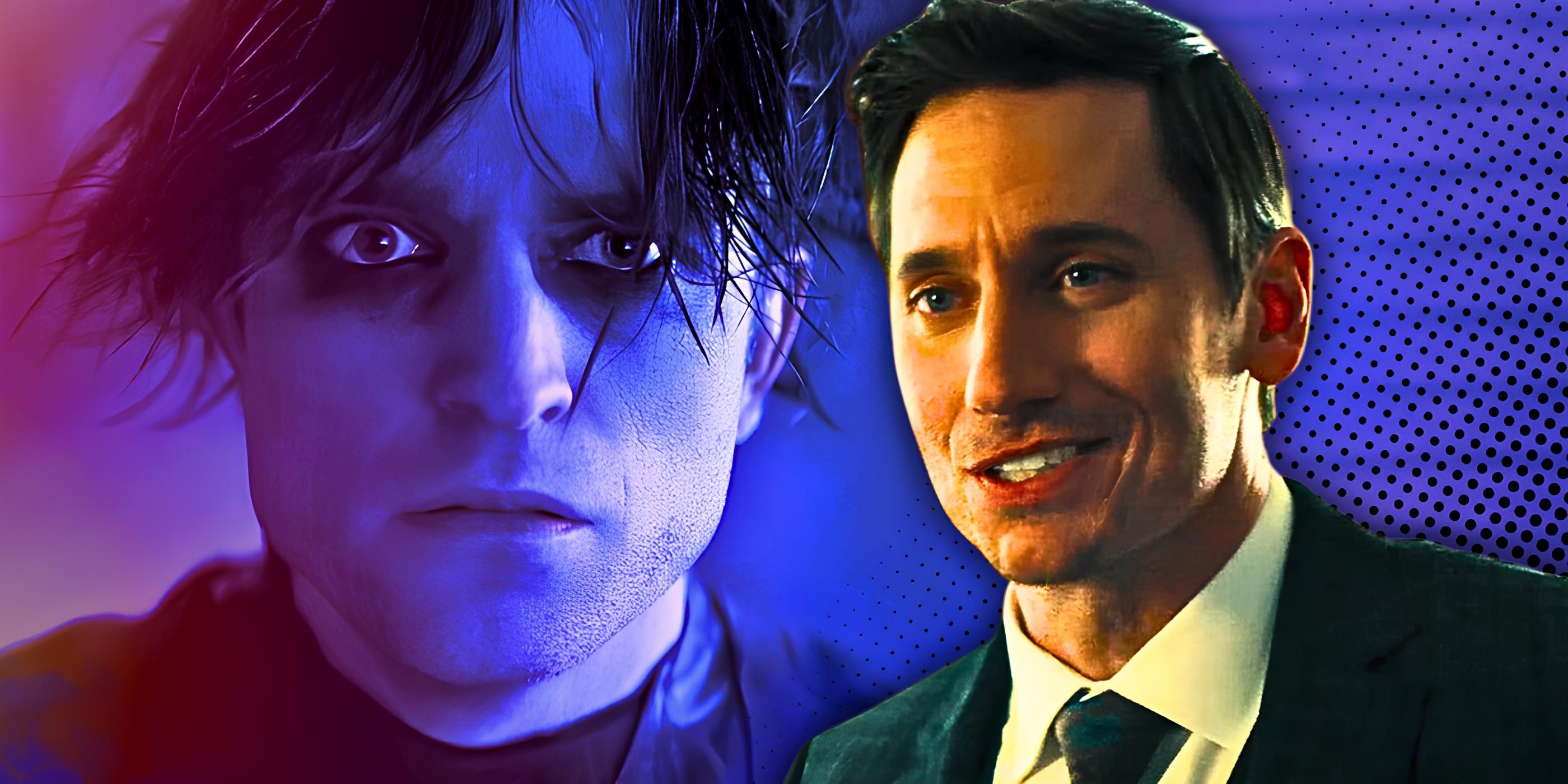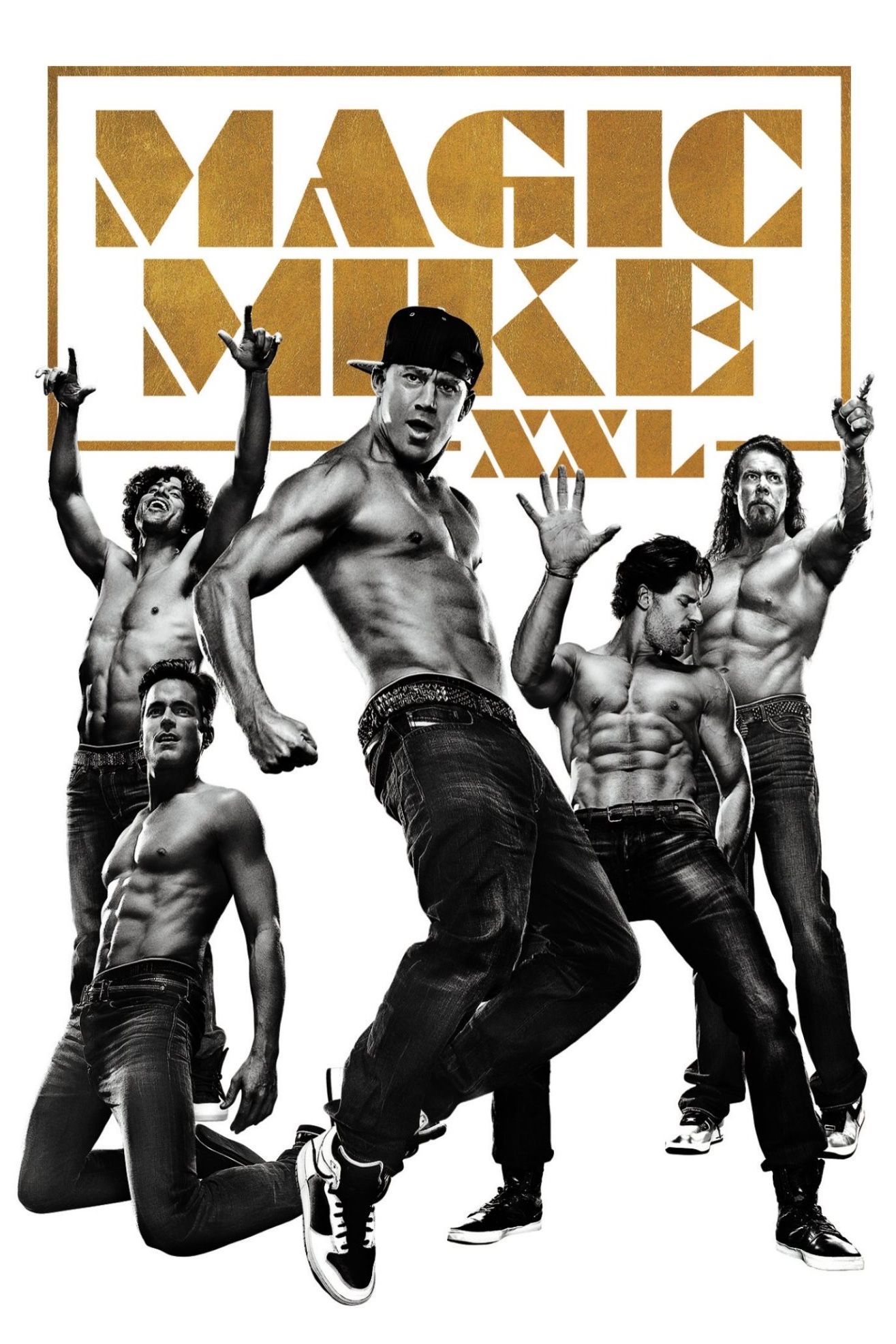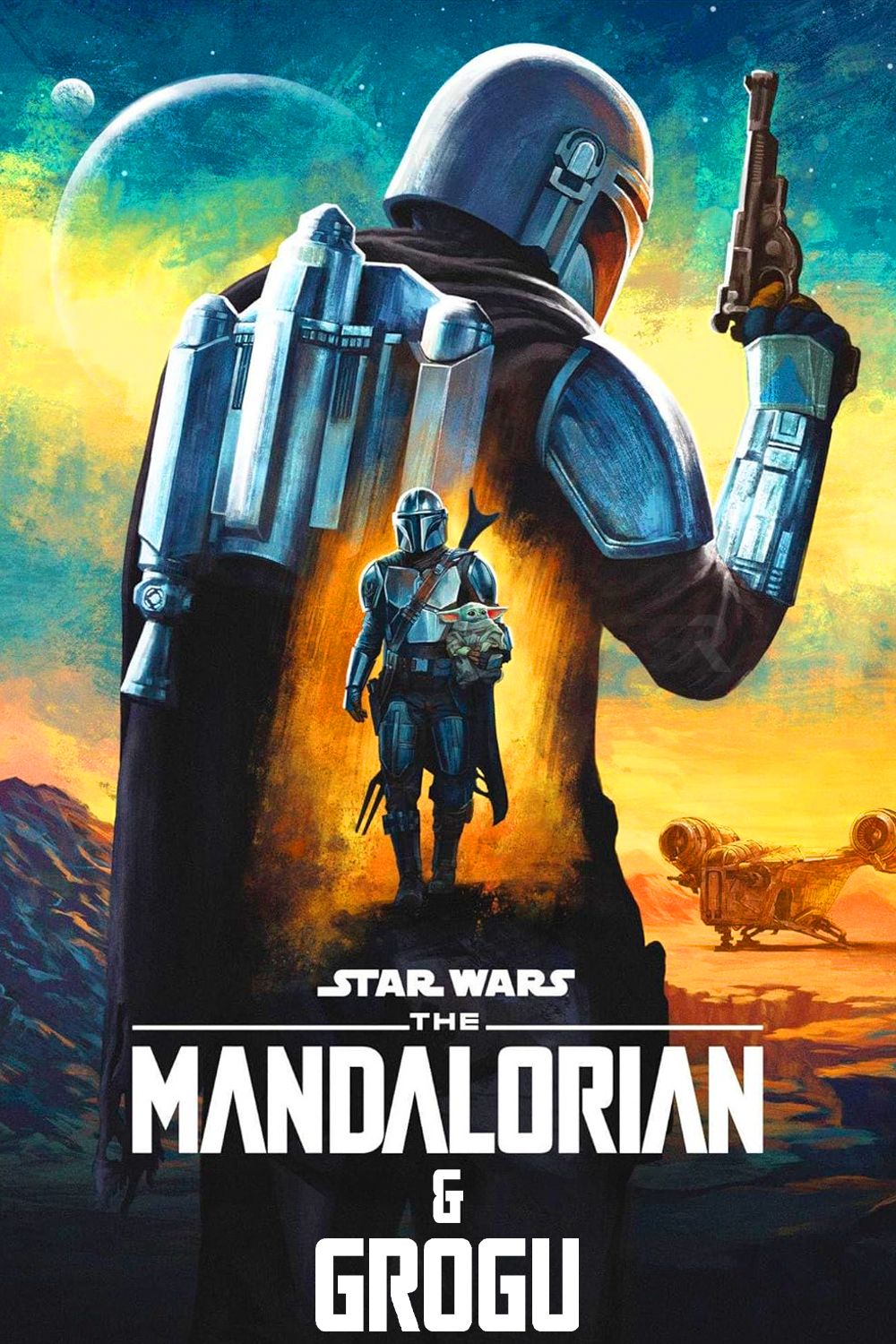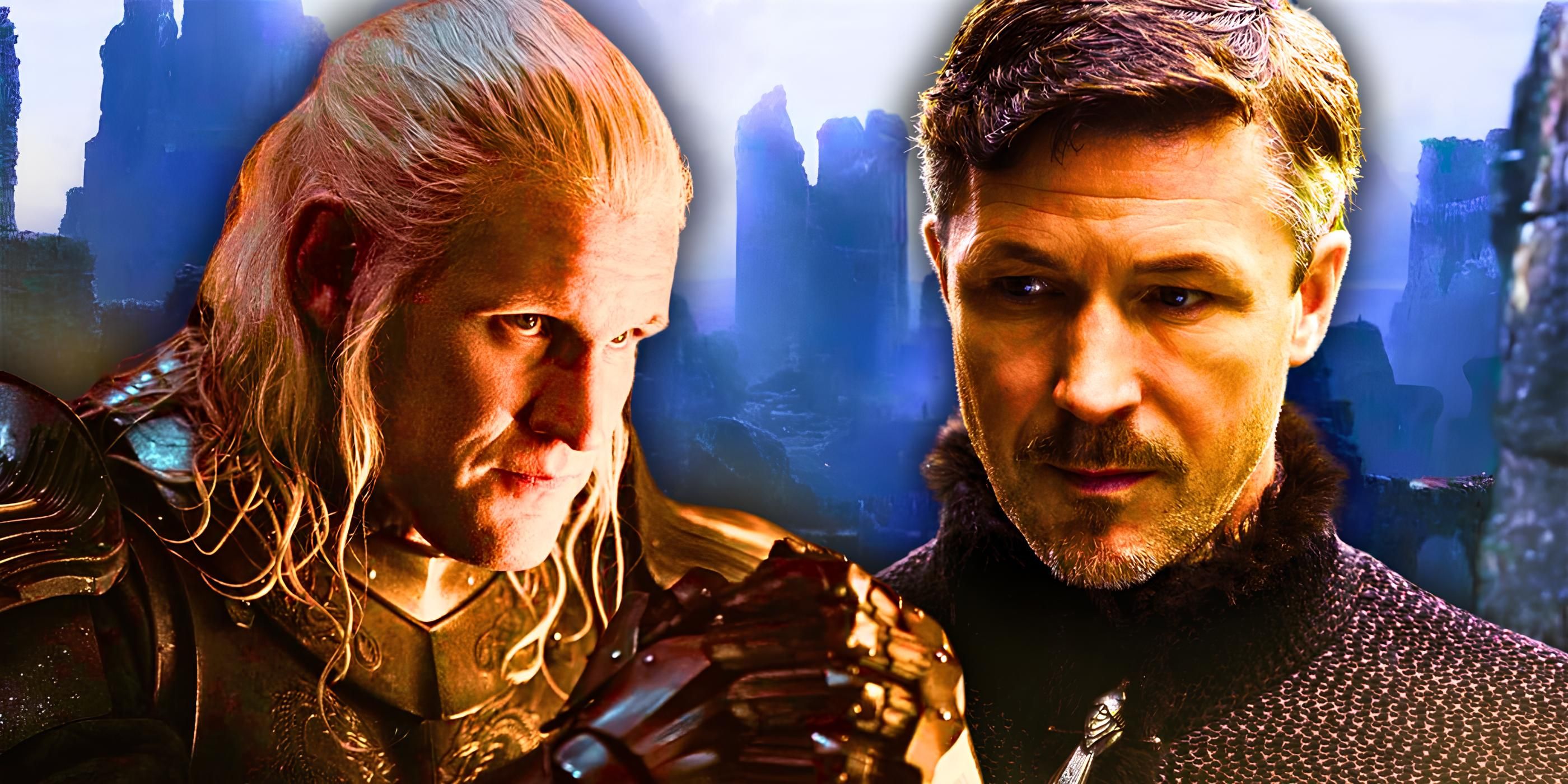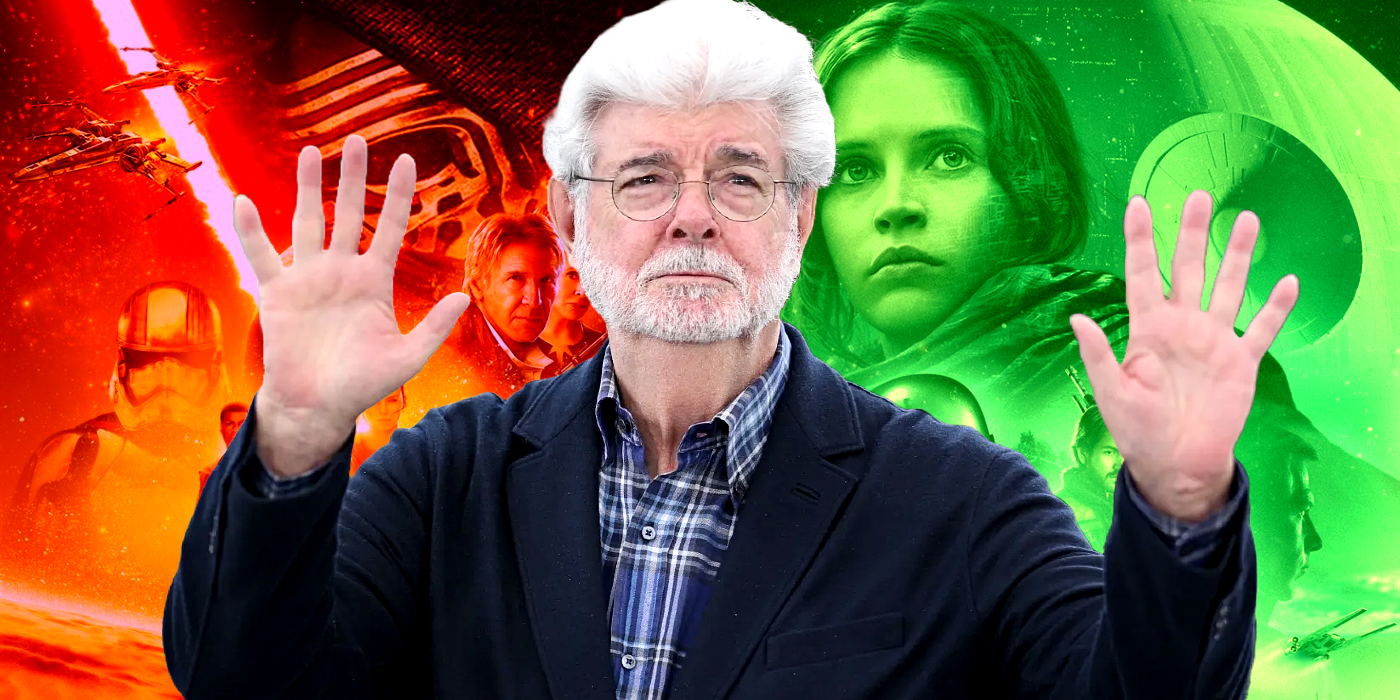The X-Men, the heroic mutants of the Marvel Universe, deserve their place among the greatest superhero teams ever created. For 60 years, the X-Men have endured countless battles with supervillains, ancient deities, other mutants, and even anti-mutant bias from the human populace. Even though they struggle more than any heroes in comic-book history, the team’s defining moments remind fans that there is strength in family.
Created by Stan Lee and Jack Kirby, the X-Men have been a staple in American comics since 1963. They’ve gone through numerous triumphs, tragedies, retcons, shocking twists, and reality-shattering events. To celebrate 60 years of the Marvel Mutants, here are the top 10 most important comic book moments in X-Men history.
10 The X-Men and Magneto Debut
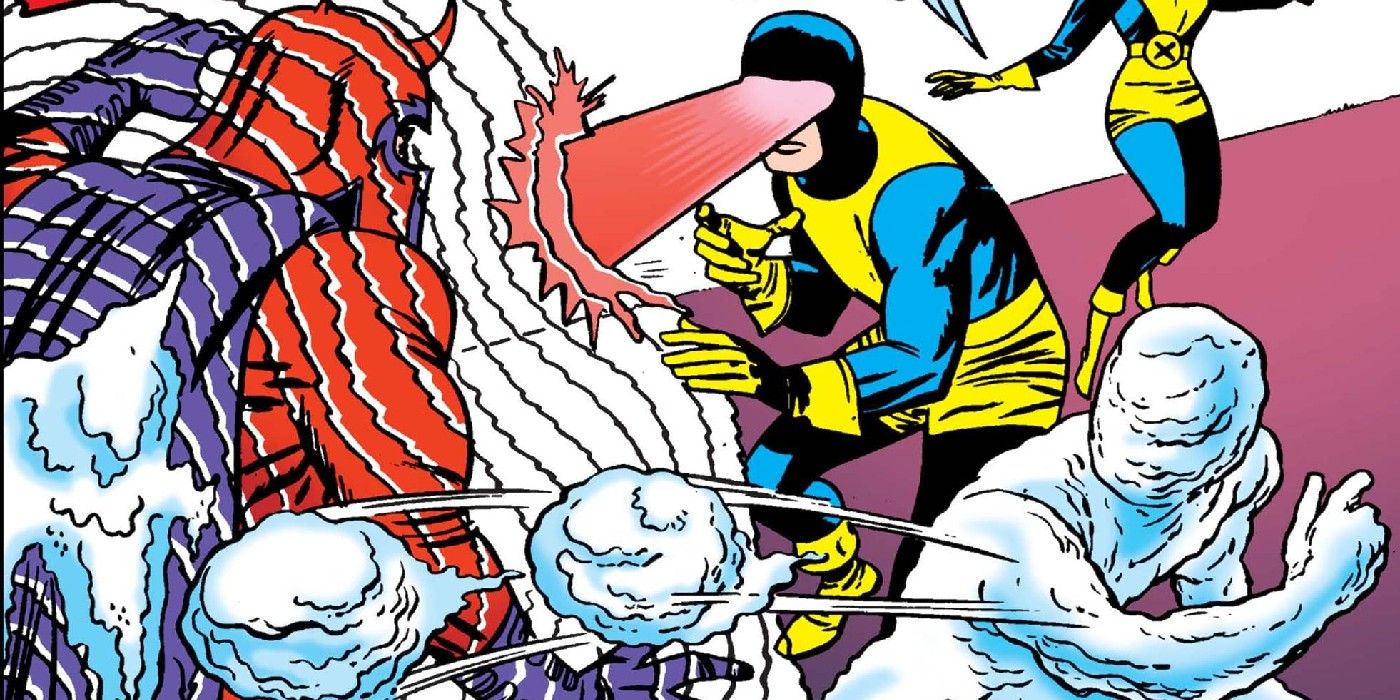
In 1963, the legendary Marvel team of Lee and Kirby launched The X-Men #1, which stars “the strangest superheroes of all.” The original X-Men lineup consisted of Cyclops, Jean Grey/Marvel Girl, Beast, Iceman, Angel, and Charles Xavier/Professor X. The first issue focuses on introducing the Xavier School for Gifted Youngsters, the X-Men welcoming their first female member Jean Grey, and their first encounter with their eternal nemesis, Magneto. The first battle between the X-Men and Magneto sees the mutants apply their teamwork in Cape Citadel to stop the villain from taking over a military base. As Magneto escapes, the team feels this is just the beginning.
9 “Second Genesis” Begins as Wolverine Joins the X-Men
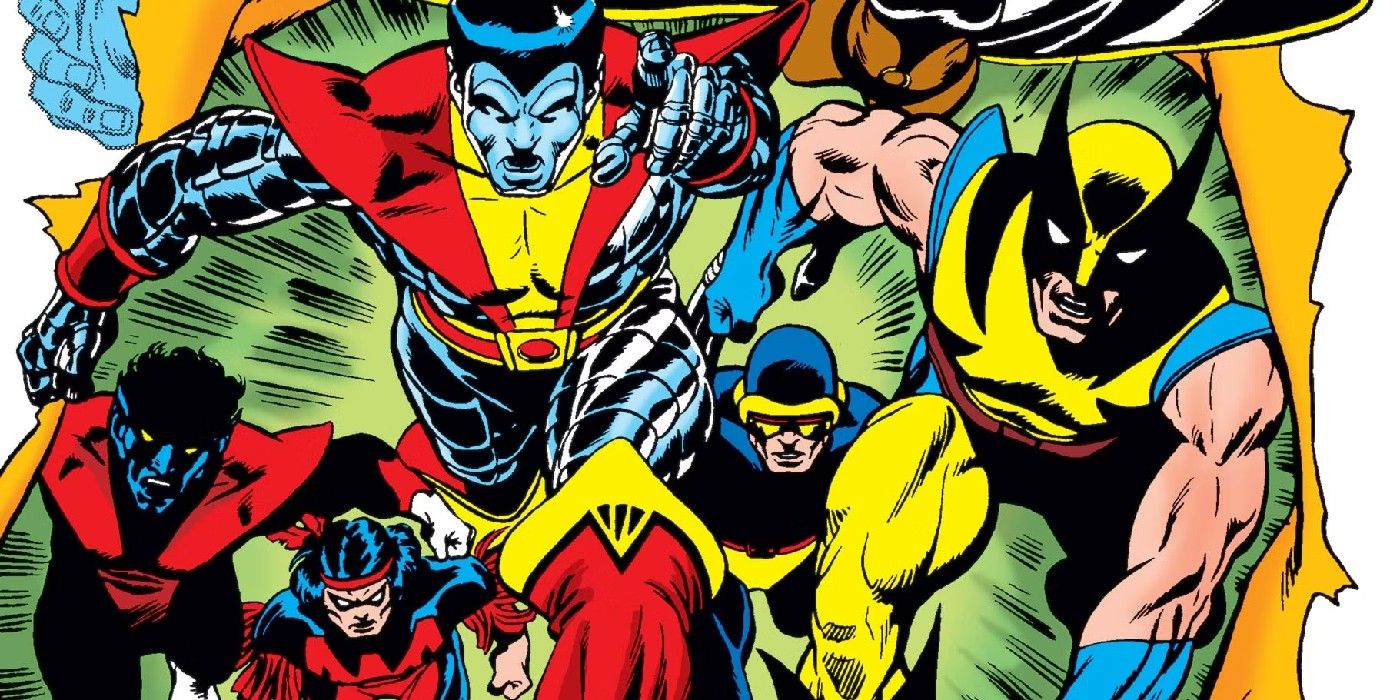
1975’s Giant Size X-Men #1 by Len Wein and David Cockrum began a new era for the X-Men — as well as an iconic team lineup that would remain for decades. When the original X-Men team, except for Cyclops, goes missing on Krakoa, Professor X gathers a new team of mutants to save them. The “Second Genesis” X-Men team includes Storm, Nightcrawler, Colossus, Thunderbird, and the soon-to-be most famous X-Man: Wolverine. Wolverine first appears in 1974’s Incredible Hulk #180 by Wein, Herb Trimpe, and Roy Thomas as a lab experiment named Weapon X who is tasked with killing the Hulk. The metal-clawed warrior, alongside his new mutant brethren, defeats the living mutant island Krakoa and saves the original X-Men, unofficially kick-starting the Bronze Age of Comics.
8 Chris Claremont Changes the X-Men Forever
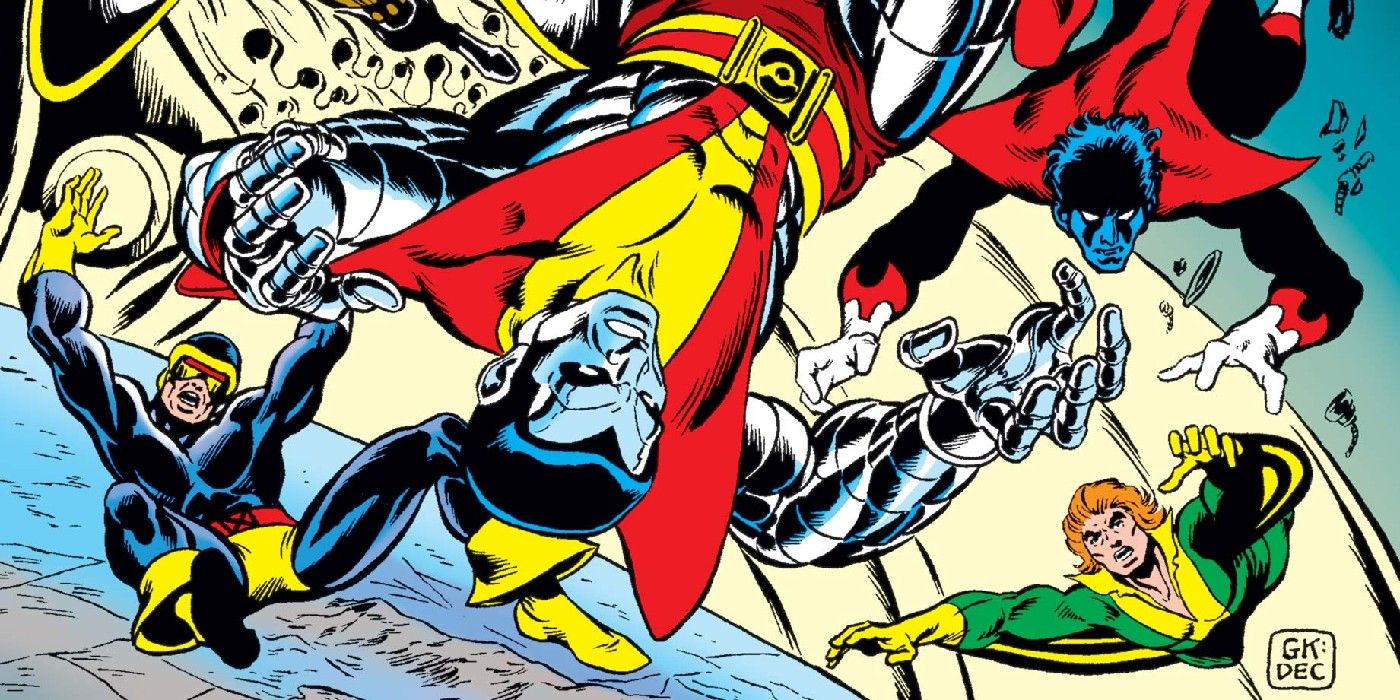
After Giant-Size X-Men, a new writer was brought in to help carry the franchise into its progressive future: Chris Claremont. Claremont began his 16-year-long run with X-Men comics in 1975’s X-Men #94. co-created with Wein and David Crockrum. Claremont was a huge advocate for female representation in the X-Men and presented mutants as a sympathetic minority targeted by racist politicians and mad scientists. His writing contributions speak for themselves, especially as he co-wrote two of the greatest X-Men storylines of all time: “Days of Future Past” and “Dark Phoenix.” Claremont also added characters and fixtures that would remain essential to X-Men lore to this day, including Rogue, Mystique, Emma Frost, Gambit, Mister Sinister, the Phoenix Force, Kitty Pryde, and more.
7 Kitty Pryde Joins the X-Men
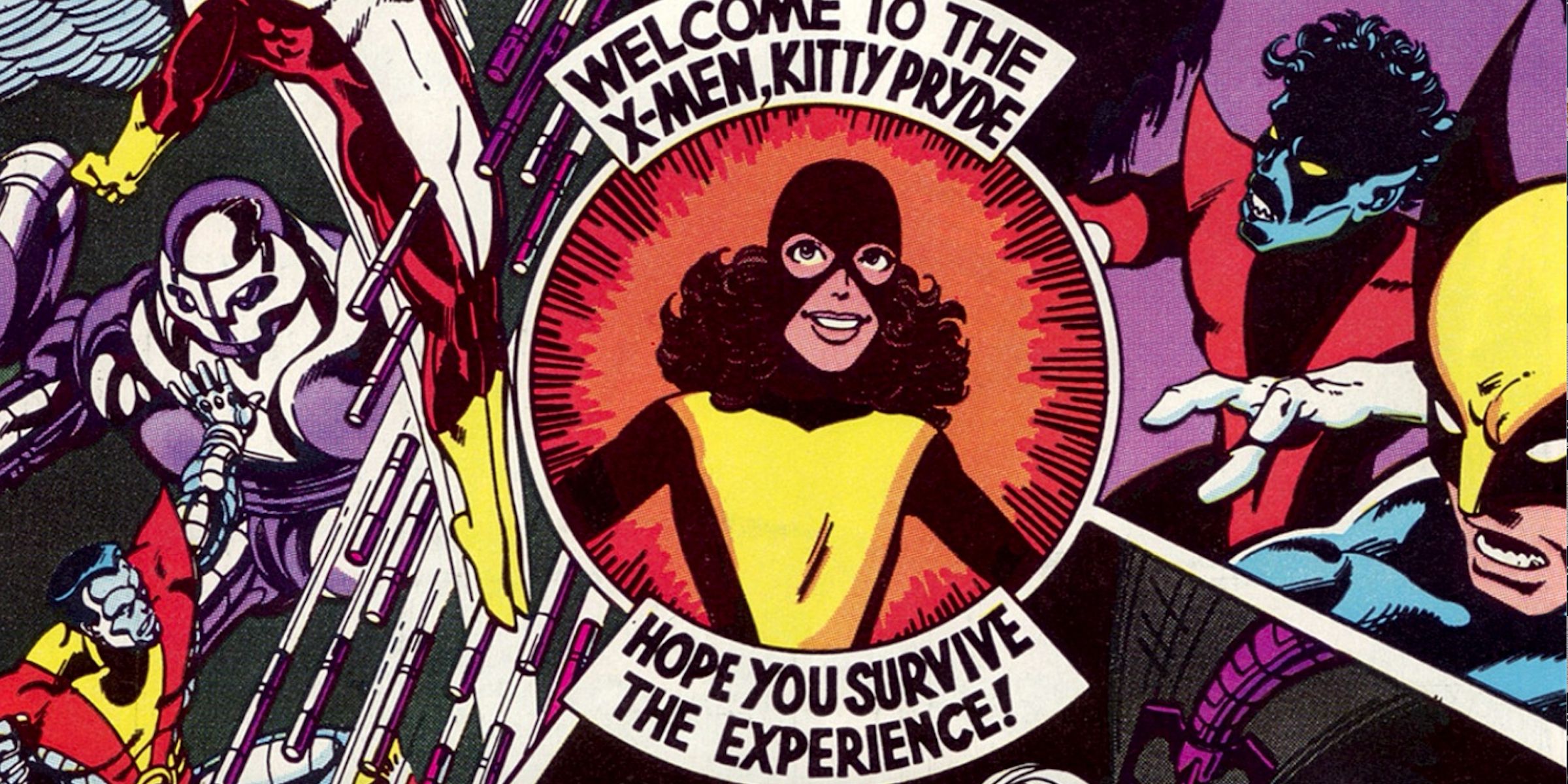
One of the X-Men’s greatest success stories is the rise of the mutant Katherine “Kitty” Pryde. She debuted in 1979’s X-Men #129 by Claremont and John Byrne as a child prodigy who could phase through solid objects. She was sought after by the X-Men and the villainous Hellfire Club led by Emma Frost. Kitty eventually chose to join the X-Men as Shadowcat and learned to perfect her abilities. As time went on, Kitty’s skills and personality began to shine even brighter, as future creative teams explored her bisexuality and her Jewish background. Kitty has been a leader of the X-Men, a freedom fighter for mutants as part of the Marauders, a great love interest for Colossus and Star-Lord, and has been an iconic part of the X-Men franchise for over 40 years.
6 Jean Grey Becomes Phoenix
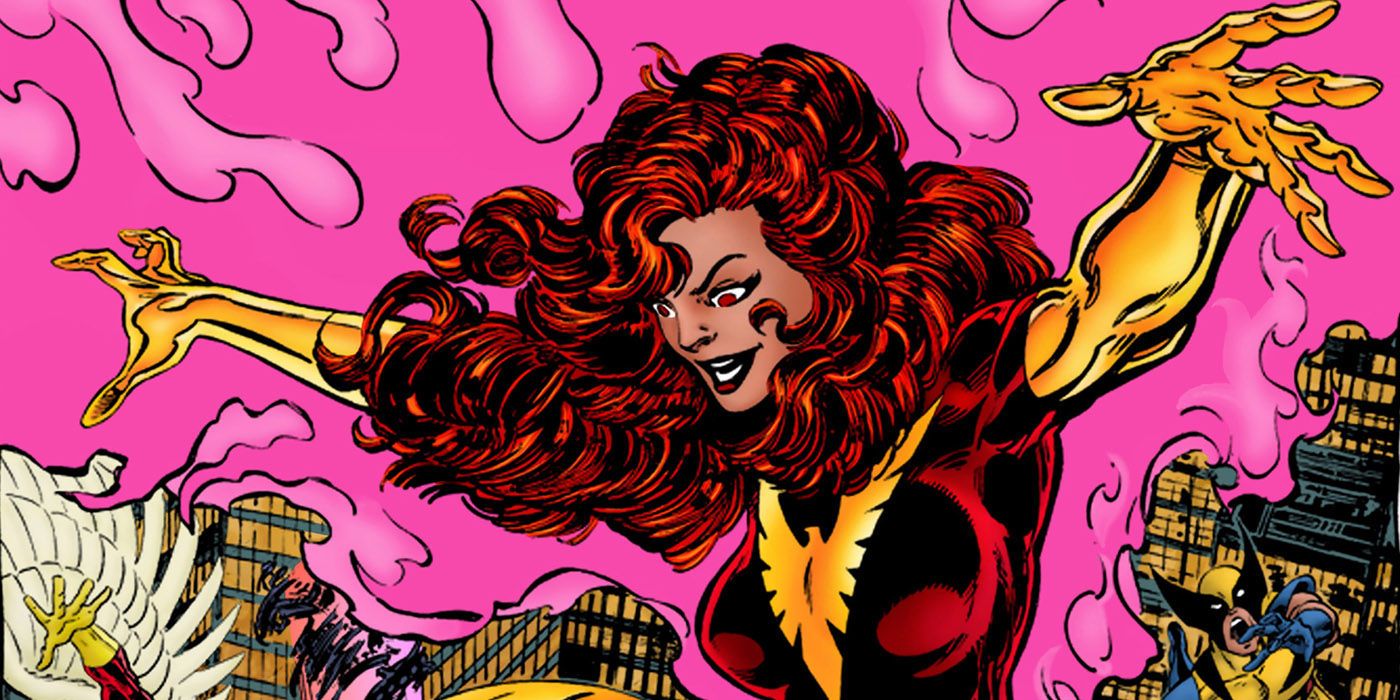
The first major storyline of the Claremont era is arguably one of the greatest stories in comic-book history: “The Dark Phoenix Saga.” In the nine-part epic storyline — X-Men #129-138 by Claremont and Byrne — the X-Men are forced to battle their longtime teammate, Jean Grey, who is possessed by the Phoenix Force. During a mission in space , the alien entity known as the Phoenix Force saves Jean’s life by bonding with her. However, thanks to the manipulation of the Hellfire Club and Mastermind, the Phoenix Force corrupted Jean’s mind and turned her into the villainous Dark Phoenix. After an emotional battle, Jean regains control of her mind long enough to allow Cyclops to use a Kree weapon to vaporize both her and the Phoenix — not that this kept Jean or the Phoenix down for long.
5 “Days of Future Past” Introduces a Major Sentinel Threat
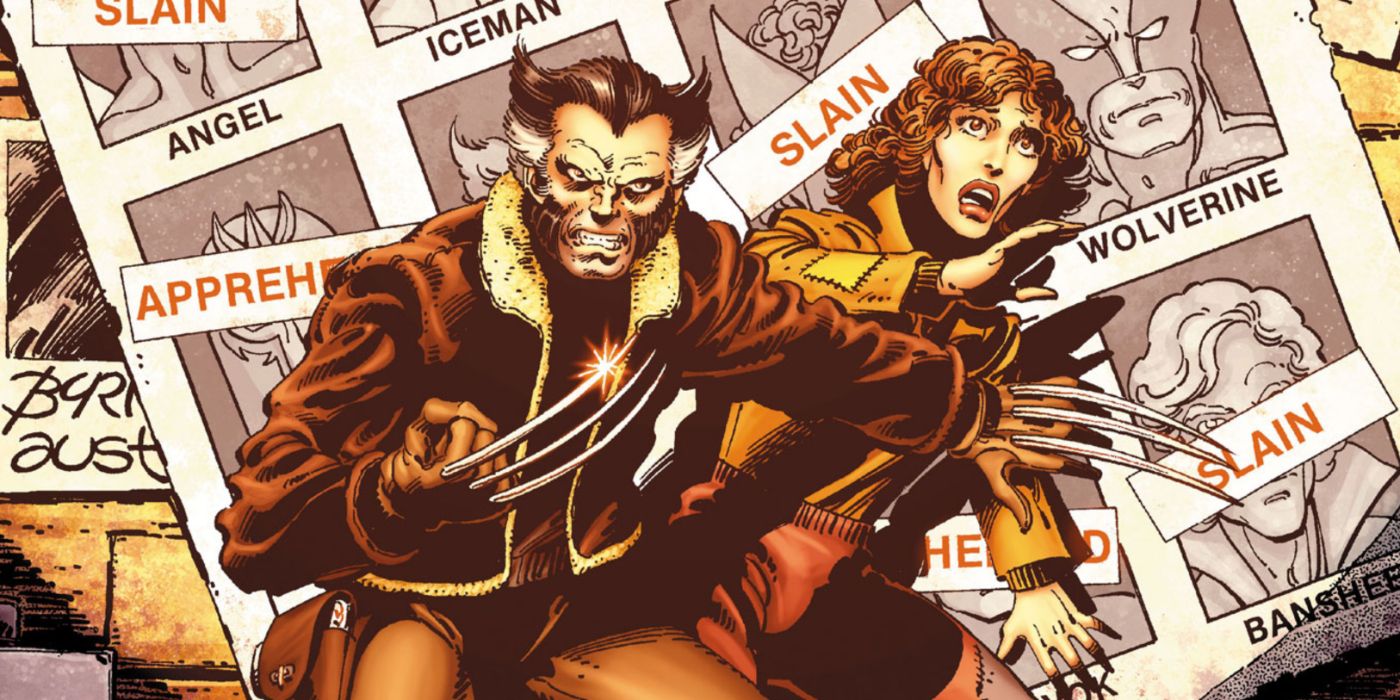
Six years into the new era of the X-Men, Claremont and Bryne crafted another majorly impactful storyline known as “Days of Future Past.” This two-part event from 1981’s X-Men #141 and #142 features Kitty Pryde as the main character, surviving with the remaining X-Men in a dystopian New York City. In 2013, the mutants have been nearly wiped out by the anti-mutant machines known as Sentinels. To save the future from this terrible fate, Rachel Summers sends Kitty back to the year 1980 to stop Mystique from killing Senator Robert Kelly, which would lead to the creation of Sentinels. This storyline is so essential that it inspired 2014’s X-Men: Days of Future Past film from 20th Century Studios.
4 Millions of Mutants Die in the Genosha Genocide

Despite Kitty preventing the worst possible future in “Days of Future Past,” the Sentinels still find a way to destroy mutantkind. Grant Morrison and Frank Quitely’s “E is for Extinction,” a three-part event from New X-Men #114-116, features the Sentinels’ return and the debut of Cassandra Nova Xavier, Professor X’s long-lost sister. Nova forces the last blood relative of Bolivar Trask, the Sentinels’ creator, to unleash a new wave of the robots onto the mutant inhabited island of Genosha, killing 16 million mutants. The X-Men capture Nova, but she breaks free and successfully swaps bodies with Professor X just before Emma Frost snaps her neck. Now possessing her brother’s body and abilities, Cassandra outs the X-Men as mutants to the entire world and seeks to ruin Professor X’s legacy through violence and telepathy.
3 Scarlet Witch Betrays the Mutants in “House of M”
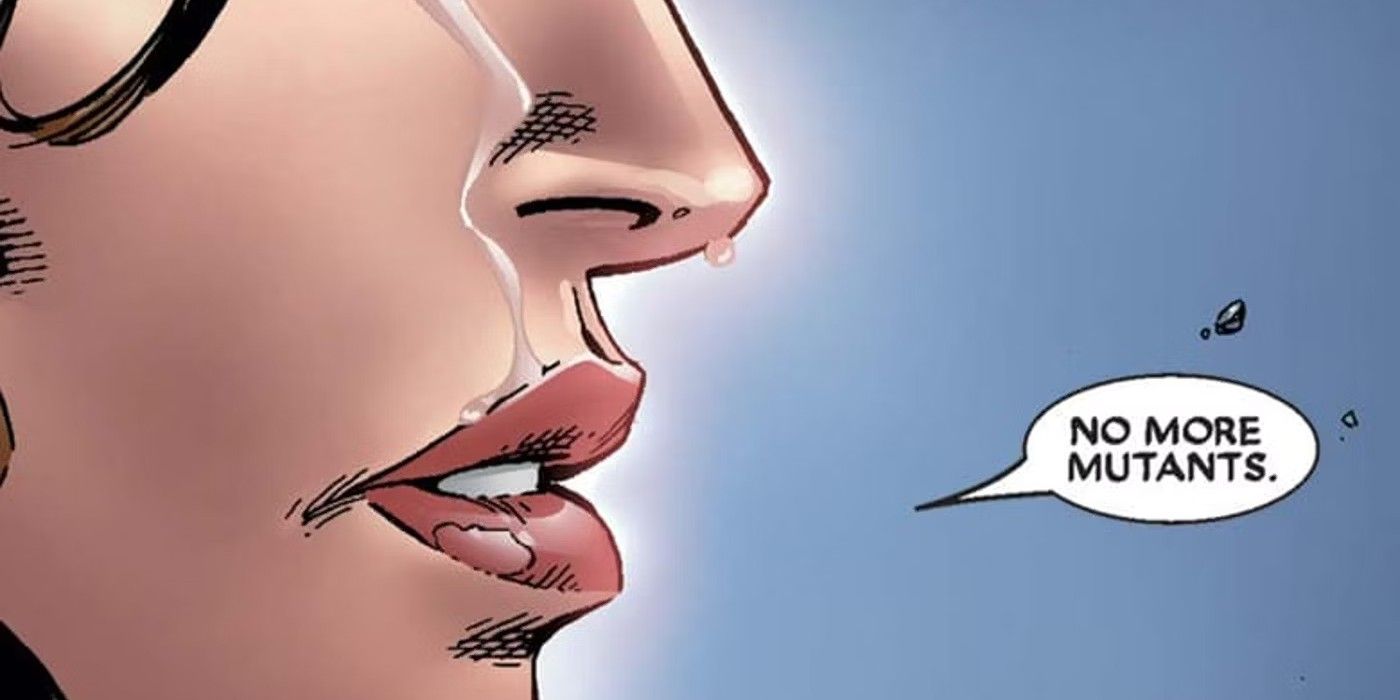
Created by Brian Michael Bendis and Olivier Coipel, the 2005 House of M storyline ran for eight issues and featured Wanda Maximoff — Scarlet Witch — remaking Earth-616 into a pro-mutant planet where humanity is enslaved. The X-Men discover that Quicksilver used his sister Wanda’s own trauma surrounding her children’s deaths to create this new mutant-dominated reality. Magneto also discovers this and almost kills Quicksilver right in front of Wanda. Finally, Wanda whispers the famous phrase: “No more mutants.” The world returns to normal — with one horrible change. Thanks to Wanda, the entire mutant population has been brought to the brink of extinction, and the X-Men are depowered and scattered across the Marvel Universe.
2 Deadly Genesis Reveals Professor X’s Crimes
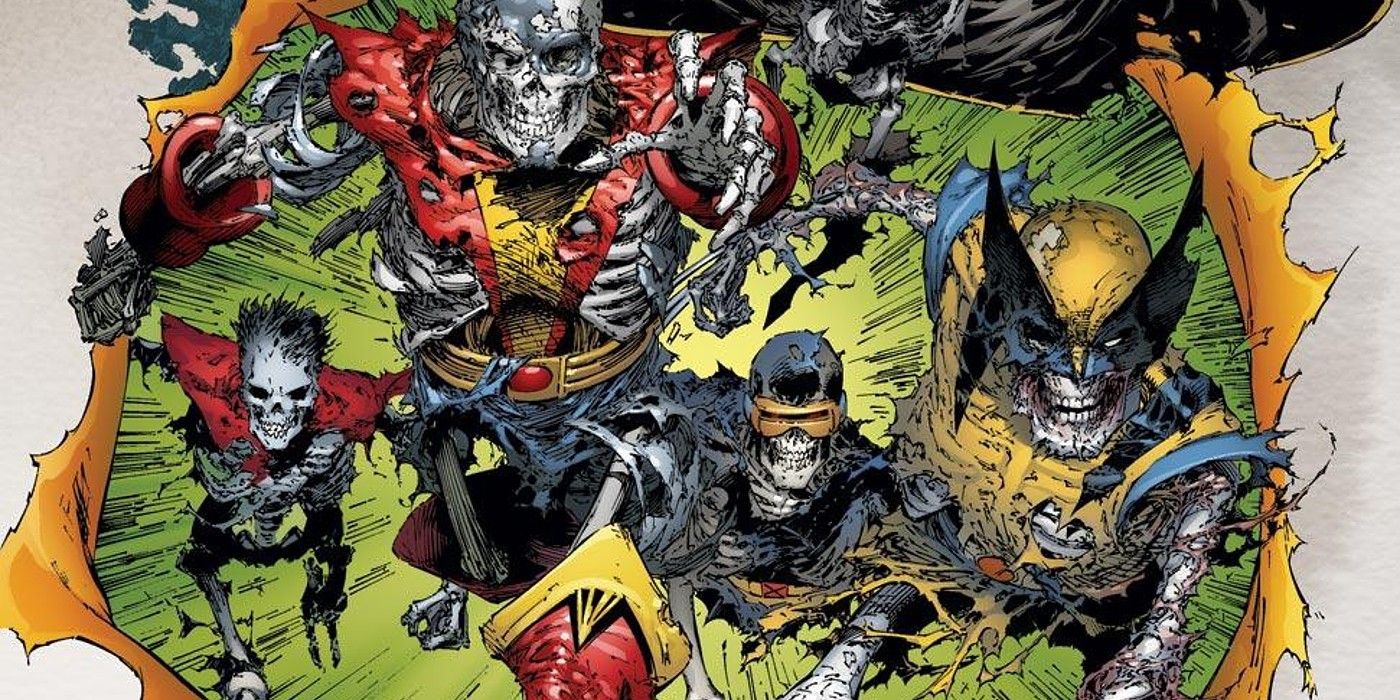
After the events of House of M, the X-Men work together to find the missing Charles Xavier — only to find the untold truths the Professor has been hiding. Ed Brubaker and Trevor Hairsine’s X-Men: Deadly Genesis miniseries is a retcon of Wein and Crockrum’s Giant-Size X-Men story. Wanda’s reality-warping whisper awakens the mutant Vulcan, the long-lost brother of Cyclops and a former X-Man, and he wants revenge on Professor X. Vulcan was a member of an original “Second Genesis” X-Men team, but they perished on Krakoa. When Cyclops learned of his brother’s apparent death, Professor X wiped his memory and recruits Wolverine and the other now-iconic mutants to hide the original — and now dead — team. After Vulcan kills Banshee and escapes into space, Cyclops blames Xavier, which leads to him expelling the Professor from the X-Mansion.
1 House of X/Powers of X Launches the Krakoa Era
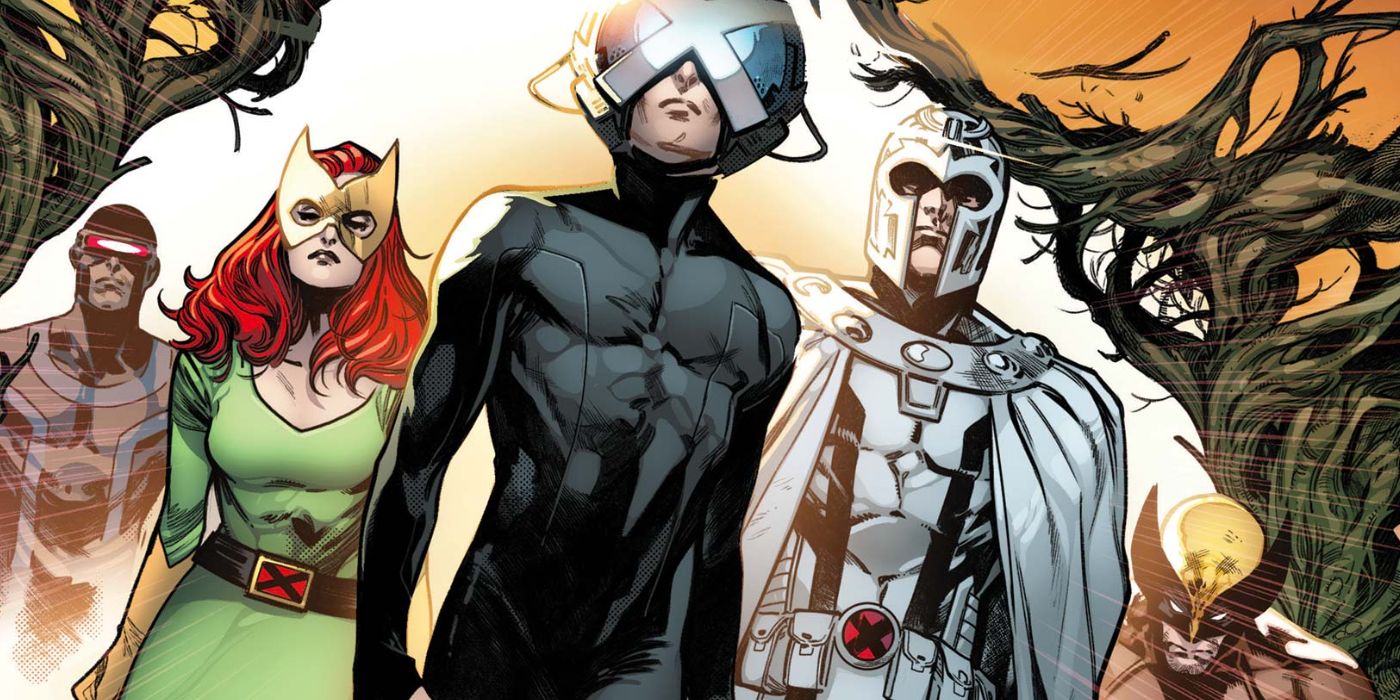
2019 was a pivotal year for the X-Men as they entered the Dawn of X era. House of X/Powers of X, a dual miniseries created by Jonathan Hickman, Pepe Larraz, and R.B. Silva, reintroduced fans to the X-Men for a brand-new era. The miniseries sees the X-Men’s past, present, and future timelines colliding in order to create a refreshed continuity: Moira MacTaggert becomes a time-traveling mutant, Krakoa Island becomes an independent mutant territory, and Professor X returns following his banishment from the X-Men. Finally ready to correct the mistakes of the past, Moira, Magneto, and Xavier run the island of Krakoa along with the governing Quiet Council as the mutants usher in a better future for their kind.
